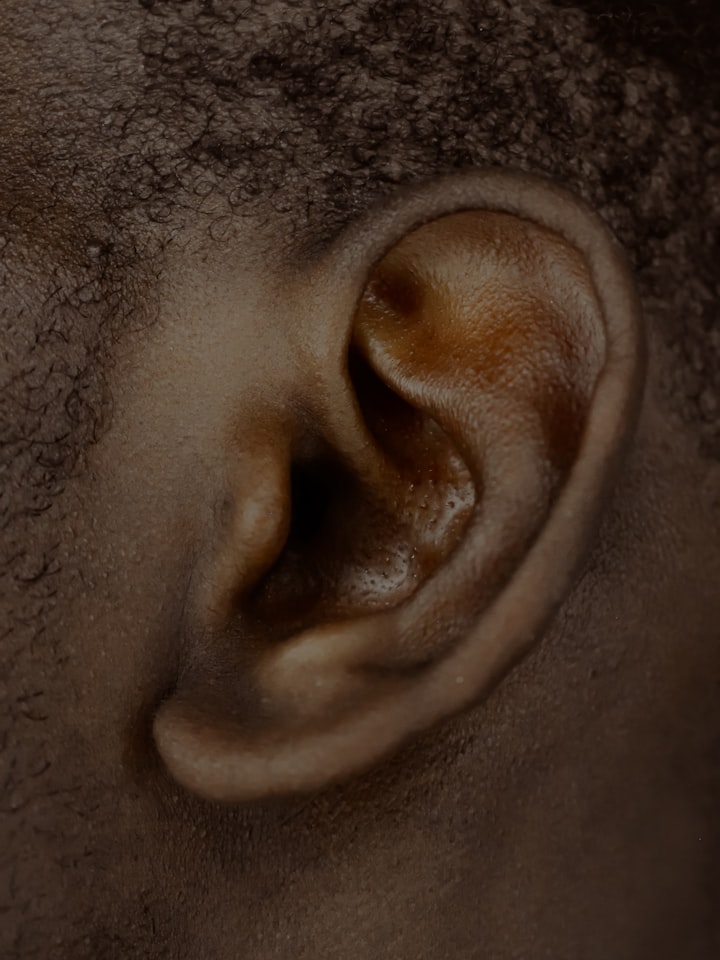
You listen the mild lap of waves,
the remote cawing of a seagull.
however then an stressful whine interrupts the peace,
getting closer, and nearer, and closer.
till...whack!
You dispatch the offending mosquito, and calm is restored.
How did you come across that noise from afar and goal its maker with such precision?
The capability to apprehend sounds and perceive their vicinity
is feasible way to the auditory system.
That’s constituted of major elements: the ear and the mind.
The ear’s venture is to transform sound energy into neural signals;
the brain’s is to acquire and process the statistics those signals comprise.
To apprehend how that works,
we can comply with a sound on its adventure into the ear.
The supply of a sound creates vibrations
that tour as waves of stress thru particles in air,
liquids,
or solids.
but our internal ear, referred to as the cochlea,
is simply filled with saltwater-like fluids.
So, the first problem to resolve is the way to convert the ones sound waves,
wherever they’re coming from,
into waves within the fluid.
the answer is the eardrum, or tympanic membrane,
and the tiny bones of the middle ear.
those convert the big movements of the eardrum
into pressure waves in the fluid of the cochlea.
when sound enters the ear canal,
it hits the eardrum and makes it vibrate like the head of a drum.
The vibrating eardrum jerks a bone referred to as the hammer,
which hits the anvil and moves the third bone referred to as the stapes.
Its motion pushes the fluid in the lengthy chambers of the cochlea.
once there,
the sound vibrations have ultimately been transformed into vibrations of a fluid,
and that they travel like a wave from one quit of the cochlea to the alternative.
A floor referred to as the basilar membrane runs the length of the cochlea.
It’s covered with hair cells which have specialized additives
referred to as stereocilia,
which circulate with the vibrations of the cochlear fluid and the basilar membrane.
This movement triggers a signal that travels through the hair cell,
into the auditory nerve,
then onward to the mind, which interprets it as a specific sound.
when a valid makes the basilar membrane vibrate,
not each hair cell movements -
most effective selected ones, relying at the frequency of the sound.
This comes right down to some first-class engineering.
At one end, the basilar membrane is stiff,
vibrating simplest in reaction to short wavelength, high-frequency sounds.
the alternative is greater flexible,
vibrating best within the presence of longer wavelength, low-frequency sounds.
So, the noises made via the seagull and mosquito
vibrate distinct places on the basilar membrane,
like playing one-of-a-kind keys on a piano.
however that’s now not all that’s going on.
The mind still has another vital project to meet:
figuring out where a legitimate is coming from.
For that, it compares the sounds getting into the 2 ears
to discover the source in space.
a valid from directly in front of you may reach each your ears on the same time.
You’ll additionally listen it on the same depth in every ear.
however, a low-frequency sound coming from one aspect
will attain the near ear microseconds earlier than the some distance one.
And high-frequency sounds will sound extra extreme to the close to ear
because they’re blocked from the a ways ear by way of your head.
those strands of facts attain special elements of the brainstem
that examine time and intensity differences among your ears.
They send the outcomes in their analysis as much as the auditory cortex.
Now, the brain has all the data it wishes:
the styles of pastime that inform us what the sound is,
and facts approximately wherein it's miles in area.
not all of us has regular listening to.
hearing loss is the third maximum not unusual persistent ailment within the global.
exposure to loud noises and some drugs can kill hair cells,
preventing signals from visiting from the ear to the mind.
sicknesses like osteosclerosis freeze the tiny bones in the ear
in order that they no longer vibrate.
And with tinnitus,
the brain does strange things
to make us think there’s a legitimate while there isn’t one.
but when it does work,
our listening to is an remarkable, elegant gadget.
Our ears enclose a first-class-tuned piece of biological machinery
that converts the cacophony of vibrations in the air round us
into precisely tuned electrical impulses
that distinguish claps, taps, sighs, and flies.





Comments
There are no comments for this story
Be the first to respond and start the conversation.